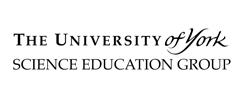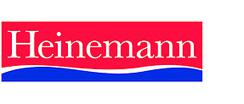- View more resources from this publisher
 University of York Science Education Group (UYSEG)
University of York Science Education Group (UYSEG)
The Ploughman's Lunch
In this biology extension module of the Salters’ Science course, an exhibition of foods is used to introduce examples of using microbes in food processing. Students make sauerkraut and learn about the establishment of microbial populations in new habitats. Positive uses of fungi (yeast) and bacteria (lactobacillus) are discussed.
A literature survey introduces different methods used in making alcoholic drinks. Students observe the effect of amylase then investigate the effect of different conditions on fermentation. Separation of alcohol by fractional distillation may be demonstrated. The role of yeast in bread-making is shown through an investigation of use of different types of flour and a survey of breads from around the World.
Students explore the action of different curdling agents for milk in cheese-making. A literature survey reveals methods used in different types of cheese-making. Students make yoghurt and measure bacterial activity in samples of milk.
Section 1: Microbes on the menu
An exhibition of foods is used to introduce examples of using microbes in food processing. Students make sauerkraut and learn about the establishment of microbial populations in new habitats. Positive uses of fungi (yeast) and bacteria (lactobacillus) are discussed.
Section 2: All done by yeast
A literature survey introduces different methods used in making alcoholic drinks. Students observe the effect of amylase then investigate the effect of different conditions on fermentation. Separation of alcohol by fractional distillation may be demonstrated. The role of yeast in bread-making is shown through an investigation of use of different types of flour and a survey of breads from around the World.
Section 3: Microbes, milk and Miss Muffet
Students explore the action of different curdling agents for milk in cheese-making. A literature survey reveals methods used in different types of cheese-making. Students make yoghurt and measure bacterial activity in samples of milk.
Show health and safety information
Please be aware that resources have been published on the website in the form that they were originally supplied. This means that procedures reflect general practice and standards applicable at the time resources were produced and cannot be assumed to be acceptable today. Website users are fully responsible for ensuring that any activity, including practical work, which they carry out is in accordance with current regulations related to health and safety and that an appropriate risk assessment has been carried out.
Downloads
-
Ploughman's lunch 2.6 MB





